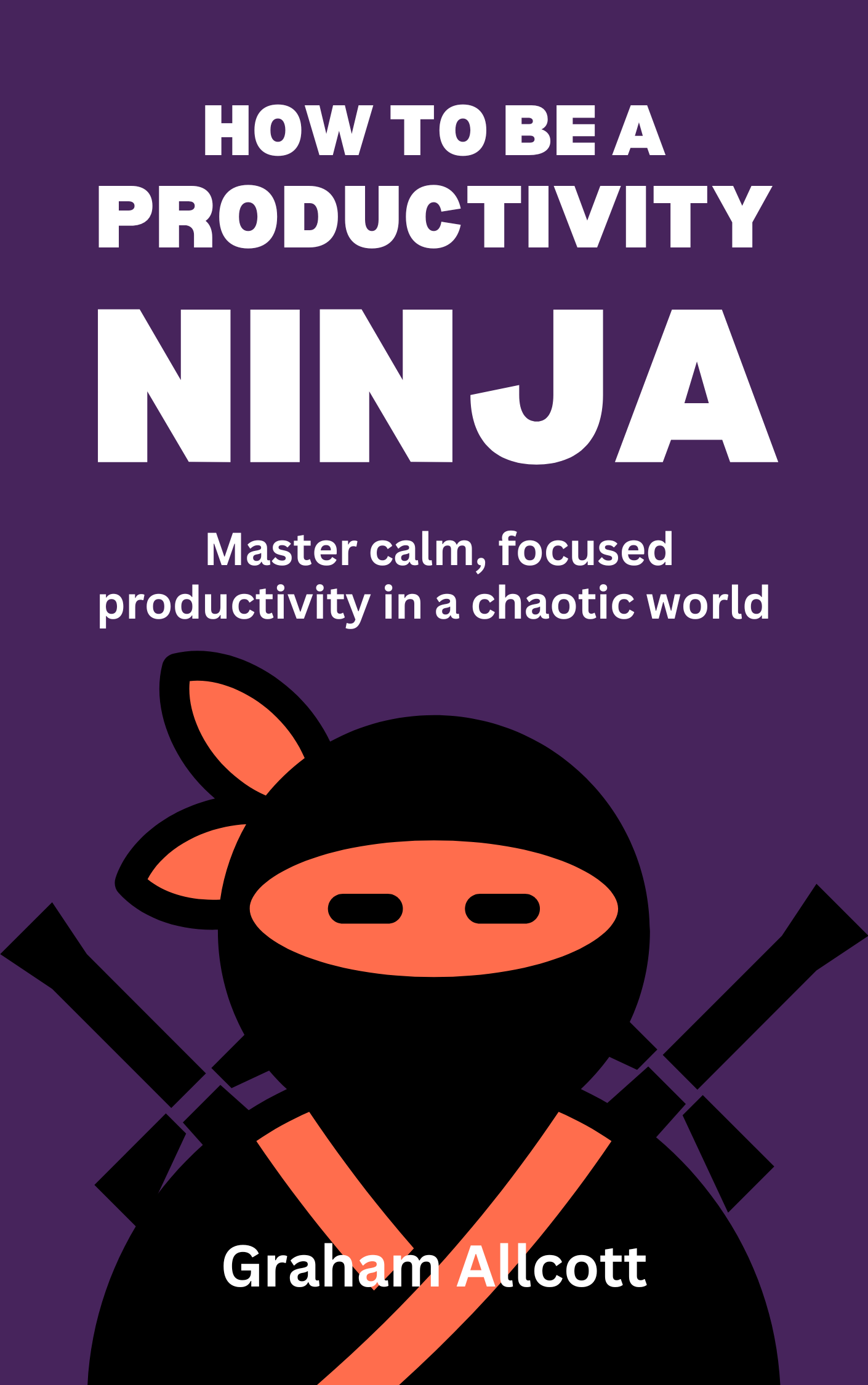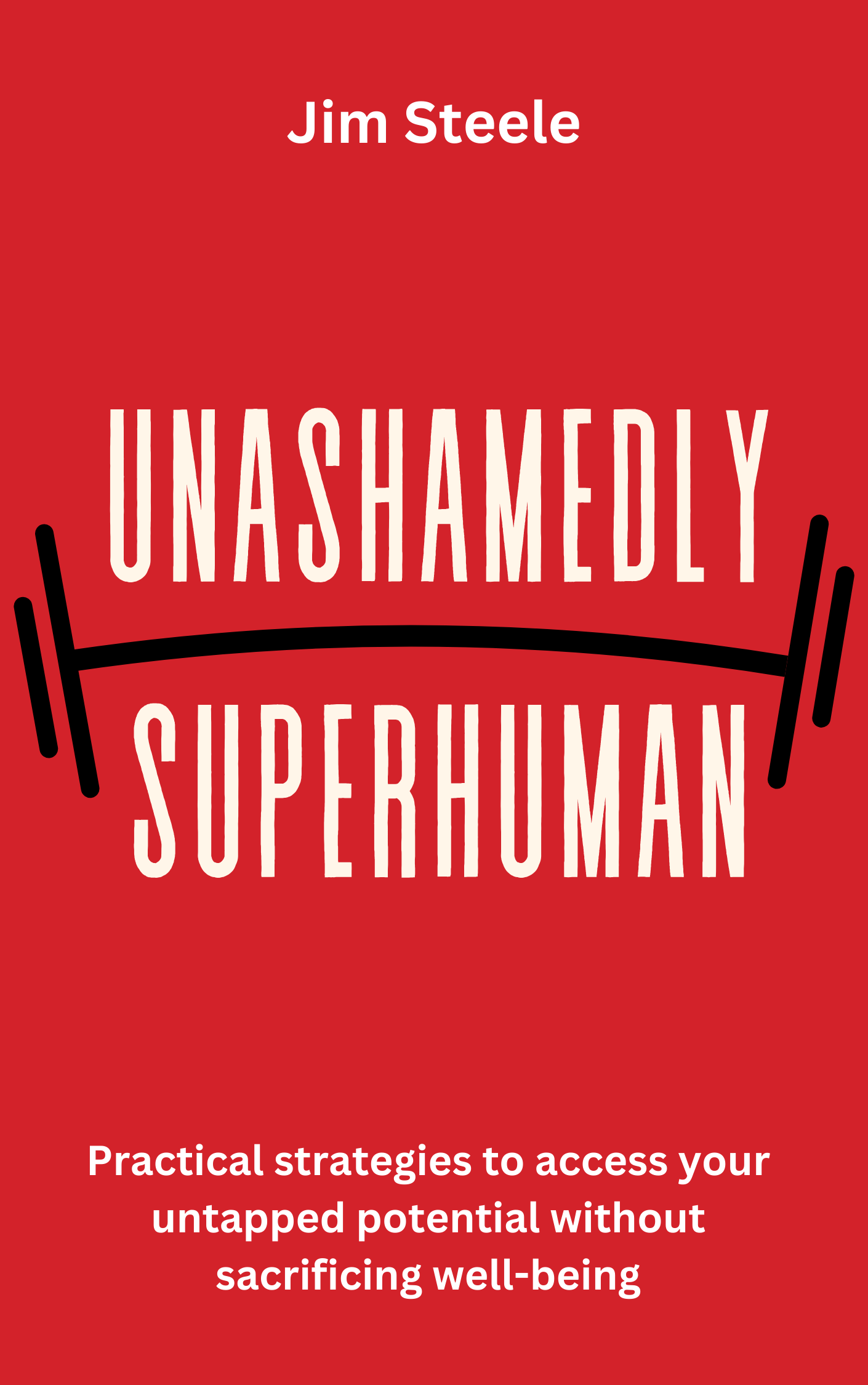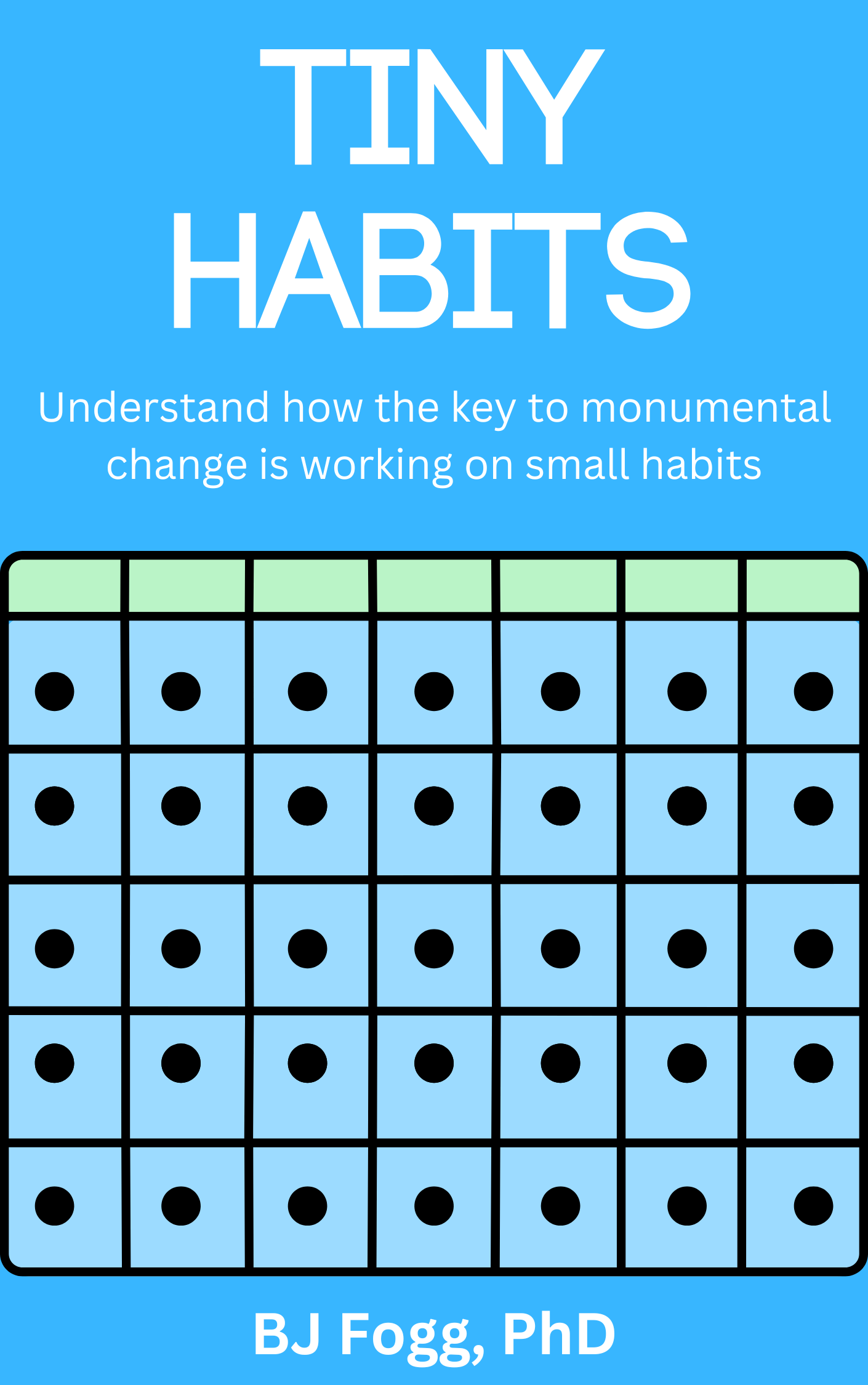Introduction
In a world where distractions dominate and busyness is mistaken for effectiveness, most of us are stuck on a hamster wheel - reacting instead of creating, checking boxes without real progress, and ending our days drained, yet unsure of what we actually accomplished. How to Be a Productivity Ninja offers a radical shift. It doesn’t promise superhuman powers or secret time hacks. Instead, it gives you something far more valuable: a mental toolkit. The ninja, in this metaphor, is not a mythical warrior but an everyday worker who approaches tasks with precision, intention, and strategic invisibility. This book invites us to trade the myth of productivity as frantic hustle for a more mindful, methodical, and sustainable approach.
Next, you’ll see some simple principles that show how anyone can become a modern-day productivity ninja - no cape required.
The Ninja Mindset
CORD
Behind every calm and collected Productivity Ninja is a process. The CORD model - Capture & Collect, Organize, Review, and Do - is the backbone of this system. It’s not just a clever acronym; it’s a cycle that helps you stay in control of everything competing for your attention.
The first step, Capture & Collect, is about grabbing everything that enters your mental or physical space - ideas, emails, to-dos, requests, worries - and parking them somewhere outside your brain. This could be a notebook, a notes app, a task manager like Todoist or OmniFocus. The goal is to stop being a mental juggler. Our brains are terrible storage devices. By writing things down immediately, you free your mind from the stress of remembering and create space for actual thinking.
Organize is the next step. Once captured, you don’t leave everything in a heap. You sort them into meaningful categories - actions, projects, references, or even things to discard. This is where tools like folders, labels, and priority systems come into play. If a thought is actionable, what’s the next step? If it’s a someday idea, where does it go so you’ll remember it later?
Then comes Review, arguably the most neglected but essential part of the system. Most people make plans and never look at them again. Ninjas don’t do that. They schedule weekly reviews - a protected time to scan their task lists, check what’s upcoming, reassess priorities, and re-sync with their goals. It’s like sharpening your blade before entering battle.
Finally, there’s Do - the execution phase. But even this is strategic. A ninja doesn’t just dive into the most urgent-looking task. They choose what to do based on energy levels, time available, and importance. Sometimes this means tackling high-focus work early in the day and leaving admin for later.
When practiced consistently, the CORD cycle becomes second nature. But, to truly benefit from the system, we must turn to one of the most misunderstood skills in modern work…
Monotasking
In the age of notifications and endless tabs, multitasking has become a badge of honor. But the truth is, it’s a productivity killer. Research shows that what we call multitasking is really just task-switching - moving rapidly between tasks, and losing mental energy each time. Allcott invites us to reject this cultural myth and embrace monotasking instead: the intentional focus on one task at a time, taken to its natural conclusion.
Imagine you’re writing a report. Every time you pause to check your email or reply to a message, your brain must recalibrate when returning to the original task. That switch, however small, drains focus. You end up working longer with more fatigue and poorer results.
Monotasking is about protecting what Allcott calls “proactive attention” - your most valuable mental state. Proactive attention is when your brain is fully engaged, calm, and capable of high-quality thinking. This is the mode you want for writing, problem-solving, strategic planning - anything that requires real cognitive effort. But this mental state is fragile and easily disrupted.
To build a monotasking habit, start by setting up clear blocks of uninterrupted time - what Allcott refers to as “attention sanctuaries.” During these blocks, turn off email alerts, silence your phone, close unnecessary tabs, and work on just one thing. You might only do this for 30–60 minutes at a time, but the quality of output is noticeably better.
This isn’t about being slow - it’s about being deliberate. Ironically, focusing on one task often helps you complete it faster than if you’d bounced between three. And it leaves you calmer, less mentally scattered, and more satisfied with your work.
There’s a quiet joy in monotasking. When you’re fully present with your work, it stops feeling like a slog and starts to feel like flow.Now, the next ninja strategy is all about rethinking how you relate to email itself.
Inbox Zero
Email has become the silent saboteur of the modern workday. You sit down to write a report or design a presentation, but your inbox tugs at your attention every few minutes. Before you know it, half your day is gone, and all you've done is respond to other people’s priorities. Allcott offers a way out through the practice of Inbox Zero - not as an obsessive compulsion to delete everything, but as a strategy for keeping email under control, rather than letting it control you.
The core principle is simple: your inbox is not your to-do list. It’s a holding area. You process emails in it, but you don’t live there. Just like you wouldn’t live out of your mailbox at home, you shouldn’t live inside your digital inbox either.
Productivity Ninjas schedule fixed times to process email - usually two or three focused blocks per day. During these windows, you open each email, decide what it means, and move it to the appropriate place: calendar, task list, archive, or trash. If it requires a quick reply (less than two minutes), do it immediately. If it requires thought or action, capture it into your task system and file the email.
Reaching inbox zero, even just once a week, has psychological power. It breaks the habit of compulsively checking email every few minutes. It helps you feel on top of things instead of buried. And most importantly, it shifts your attention back to proactive work.
Email overload isn’t just a tech issue - it’s an attention issue. By changing how you interact with it, you protect your most valuable resource: your focus. More on that next.
Sprints of Focused Energy
While much of productivity literature emphasizes to-do lists and calendars, How to Be a Productivity Ninja brings attention back to something more elemental: how we use our energy throughout the day. Allcott focuses on two simple but high-impact tools - Pomodoro and Power Hour - that help you turn small windows of time into focused work sprints.
The Pomodoro Technique is deceptively simple: you work for 25 minutes, then take a 5-minute break. After four rounds, you take a longer break. This approach harnesses a psychological principle called time-boxing, which reduces procrastination by giving tasks a short, non-threatening time boundary. Even if a job feels daunting, saying “I’ll just do 25 minutes” lowers the barrier to starting.
But it’s not just about tricking your brain into starting. These short intervals match the natural rhythm of human attention. Most people can’t sustain deep focus for hours on end. With Pomodoro, you’re encouraged to work at full intensity for a short burst, then pause and refresh before diving in again. This helps you preserve your “proactive attention” - that peak mental clarity Allcott emphasizes throughout the book - without draining yourself.
If Pomodoro is a tool for maintaining energy, Power Hour is about overcoming avoidance. Everyone has tasks they avoid - not because they’re hard, but because they’re emotionally loaded, vague, or boring. The Power Hour is your antidote. You schedule one hour in your calendar to focus entirely on that one thing you’ve been avoiding. No email, no phone, no distractions. It becomes a sacred space for pushing through mental resistance.
Allcott notes that just one Power Hour can often create disproportionate momentum. Once you’ve started that difficult proposal, filled in the scary spreadsheet, or written the first paragraph of the article, the psychological weight lifts. You’ve moved from avoidance to action - and that shift carries into the rest of your day.
The next level of mastery is not just about doing things efficiently. It’s about fiercely defending the clarity that makes deep work possible.
Protecting Attention
In a world of always-on connectivity, attention has become the rarest and most valuable resource - not time. You may have 12 hours in a day, but how much of it are you truly present and focused? According to Allcott, the core of Productivity Ninja thinking is this: treat attention like money. Spend it wisely. Avoid waste. Invest it where it will grow.
The modern world is built to rob us of our attention. Social media apps are designed for addictive scrolling. Even meetings, often disguised as collaboration, can become black holes for proactive thinking. Allcott warns that we’re often “paying out more attention than we realize” on low-value activities. And once it’s gone, it’s gone.
So what does it mean to protect attention in practice? It starts with awareness. Begin by tracking how you spend your attention, not just your time. When are you most alert? What drains you? Where are the leaks - those mindless email refreshes, the rabbit holes of article reading, or the 15-minute Instagram breaks that turn into an hour?
Once you identify these leaks, you can build walls around your attention. That means scheduling deep work at times when your energy is highest. It means using tools like website blockers to remove temptation. It may mean working offline or setting specific “office hours” for checking messages, so the rest of your time is preserved for real thinking.
Allcott also recommends reclaiming the morning. The first hour of your day often contains your clearest, sharpest mental energy. Don’t spend it on email or admin. Use it to write, plan, solve, or create. That’s when your proactive attention is most available - and where it yields the highest return.
Even your environment plays a role. A cluttered desk, noisy office, or constant phone vibrations can quietly bleed your focus. Becoming a ninja means noticing these distractions and neutralizing them - whether it’s noise-cancelling headphones, a cleaner digital desktop, or simply putting your phone out of reach.
And finally, it’s time to exit the cycle of optimization and embrace practical mastery.









